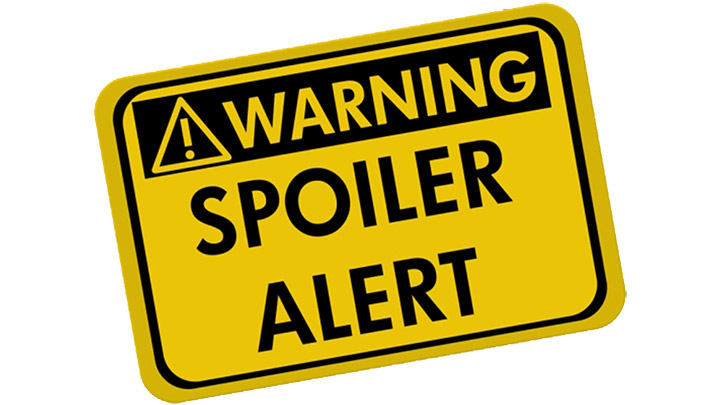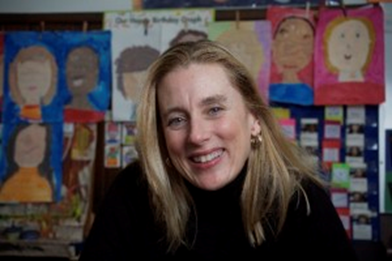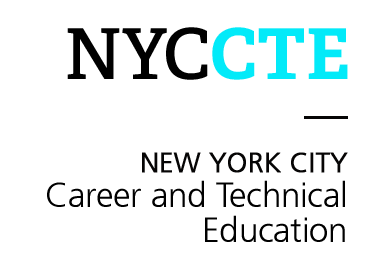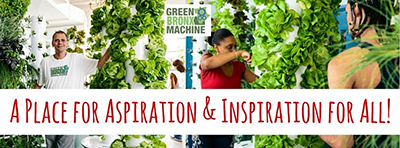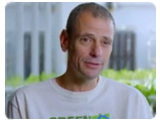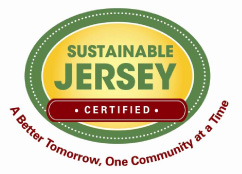Repost from: http://blog.grdodge.org/2010/03/03/new-jersey-learns-wednesday-edition
Original Post Date: March 3, 2010
By Angela Clerico
In a profession where the goal is to plan better communities it seemed to me that we were going about things the same way we had been for decades. Sure, over time the focus shifted away from sprawling communities and toward “smart growth” – building homes near major transportation corridors, protecting the environs. But, there had to be something more… a better way, still, to create more livable communities and communities that thrive, not just survive.
When I was introduced to the NJ Learns program, I was interested because I had an interest in the topic of sustainability. It has been called the largest social movement this planet has ever seen – only you don’t actually “see” it happening. Millions of people all over the world in town halls, school libraries, and community centers are getting together to implement their visions for change. They’re organizing events to inform their local officials and the community-at-large. It’s a movement alright, and I wanted to learn how to better communicate the concept. I learned more than that!
Participating in the NJ Learns program, I had many “aha” moments. From learning how to teach the concepts about and the data for sustainability to a better understanding of how people perceive sustainability and their concerns for changing behavior, I could see how the shift would not only have to come from the community, but that the local leaders would have to set the example. The lone planner in a room full of educators, I began to see how educating my audience would be a little different since I am not a teacher, per se, but that it could be just as powerful. Now, every time I walk into a planning board meeting the topic of sustainability is on my mind and is communicated through my work.
The hard part is that it is a process and results may not be seen overnight. In the NJ Learns program, we participated in a simulation where, in groups, we were fishermen. We had to fish the ocean in a manner that, with an average replenishment rate, the ocean would remain sustainable. The ocean would continue to produce fish for us to catch to maintain our livelihoods. The problem, however, was the same all around: everyone “crashed the system” by overfishing. It took many of the groups several tries, if not more, to figure out that we just had to make it through the down times in order to remain sustainable. Instead, different mentalities took over. “Everyone else was taking more than their share, so I should too!” “I could see this was not going to work, so I jumped on the bandwagon.”
These mentalities translate right into our communities and it is hard for residents and local leaders to see the benefits, when it is such incremental change.
There are a few popular phrases in local government that tend to set the tone for creating sustainability strategies. One is “How can we get the biggest bang for our buck?” Local leaders want to do right by their taxpayers, providing quality of life, but they don’t want to enforce practices that may cost money. The other is “Let’s look at the low-hanging fruit.” This is a good strategy for getting something off the ground. It is a quick way to get a project done and shows that the local leadership is doing something for the community. It also provides momentum for a larger-scale project that may take more time. However, it often doesn’t take into account the bigger picture.
The topic of sustainability is a tough web to untangle and make sense of. Land use planners are typically the ones to break down these issues and present them in a meaningful way so that local leaders can make decisions. Planners guide the development of ordinances, policies, and regulations, at the same time, supporting community-wide campaigns for residents to become more aware of how they can green their lifestyles. If all planners were speaking a shared language of planning for sustainability, we could create a paradigm shift toward sustainability and livable communities from the top-down and the bottom-up.
My NJ Learns training and practice of the program continues every day I am working to create more livable communities in NJ.



